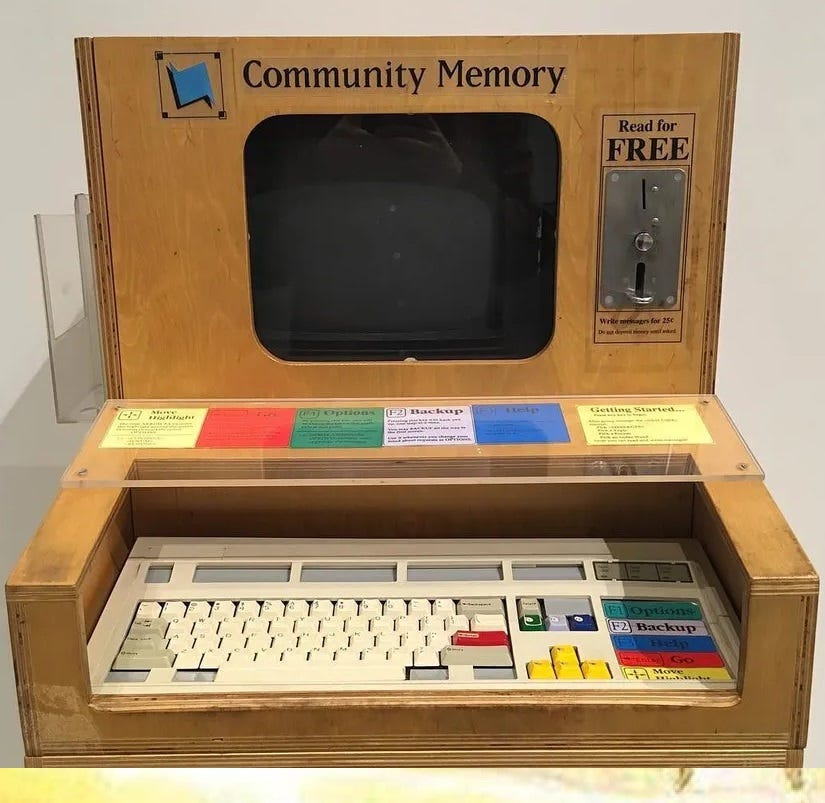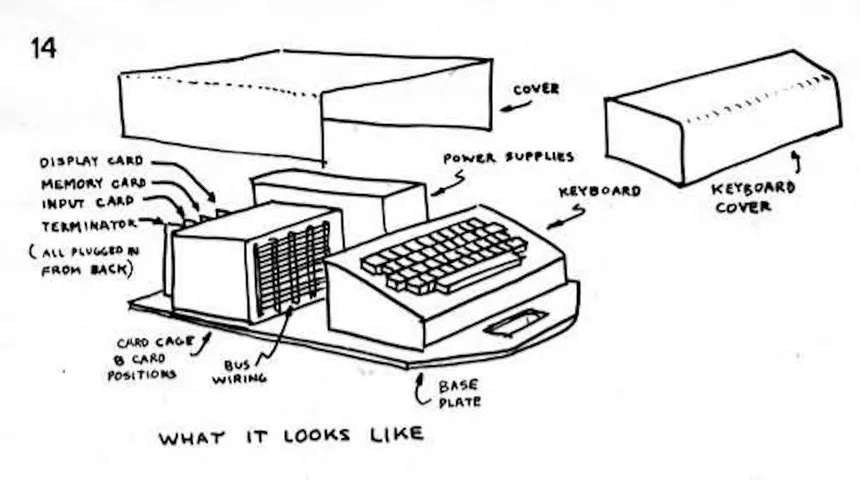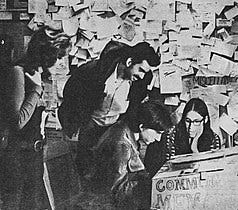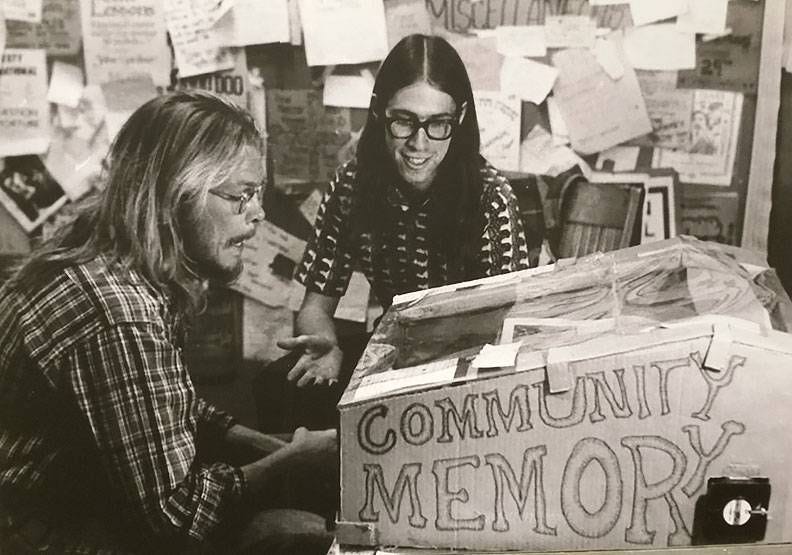Computer as "Community Memory"
Truly Human Compute -- from Berkeley in the 1970s Ya Dig?
"Community Memory" - the first computerized bulletin board and chat in history.
In 1973 Community Memory was a pioneering project that introduced a unique people-centered approach to funding and accessibility in the early days of computing.
Today we think of the largest private equity deals, domestic, and overseas, and “black box” mega LLM behemoths like Nvidia and OpenAI and Google.
Yet, at the opening maturation of the computer age in the San Francisco Bay Area, a group of (technical, and also “non-technical” product designers and builders) conceived of a human model; funded by humans to serve humans and to capture our “community’s memory” for all to access.
The project, established in 1973 in Berkeley, California, provided users with coin-operated terminals that allowed for posting, and for others to access information without charge.
While initially conceived as an information and resource sharing network linking a variety of counter-cultural economic, educational, and social organizations with each other and the public...
Community Memory was soon generalized to be an information flea market, by providing unmediated, two-way access to message databases through public computer terminals.
The terminal became a general communications medium that could be used for art, literature, journalism, commerce, and social chatter.
One could read for free and post for a small fee, and donations by coin were gratefully accepted. Compute by with and for the People. Coin-operated!
Specs:
Used an SDS 940 timesharing system in San Francisco connected via a 110 baud link to a teleprinter at a record store in Berkeley to let users enter and retrieve messages
Coin-operated terminals allowed other users to access information without charge - Users could post opinions or start new forums by paying a small fee
The system was designed to be simple and accessible to the general public
The first terminal was a Teletype Model 33 connected to the SDS 940 computer by telephone, using a 10 character per second acoustic coupled modem
Community Memory was the first public computerized bulletin board system
Anonymity was possible with Community Memory as users were not required to share their names or register to use the system
Created by Lee Felsenstein, Efrem Lipkin, Ken Colstad, Jude Milhon, and Mark Szpakowski to build
"Strong,
free,
non-hierarchical channels of communication
whether by computer and modem,
pen and ink,
telephone,
or face-to-face
--are the front line of reclaiming and revitalizing our communities"
By 1974, it was apparent that Community Memory needed to move from its home on the XDS-940 (which was large, underpowered, and uneconomical) and be recast as a network of more modern minicomputers.
Computer Memory was shut down in January 1975 and computer networks took over.
Oddly enough, your intrepid writer is taking this heritage in several material respects, to build a people-powered p2p free and low cost and open exchange of voluntary information, categorized, for mere coins, not in a cafe and record store, but everywhere the world over…for Law with Project gist.
“Community Legal” would sound too confusing though people would think it was legal aid…
Of course I believe gist is best.
Maybe we are bots with skin? Or maybe the bots are us? Put another quarter in and see.






The urge to know our communities runs deep, doesn’t it, Cyrus. The paper-making process, which spread from China through the Islamic world to Europe, made the printing press economically viable. The screw press in the wine/olive trade provided the necessary concept—just a short hop from a screw press to a print press.
When Gutenberg developed his press around 1440, he combined aspects of existing technologies - the mechanical pressure system of wine presses, the concept of movable type from Asia, metallurgy techniques from punch-making, and oil-based inks - into an integrated system that revolutionized printing.
Seems like the quest for community memory has been going on forever